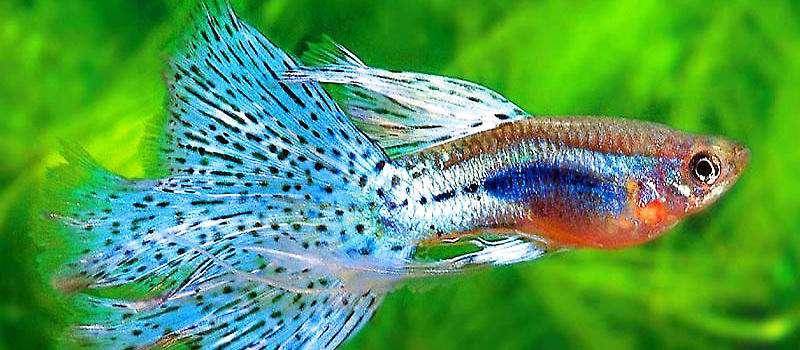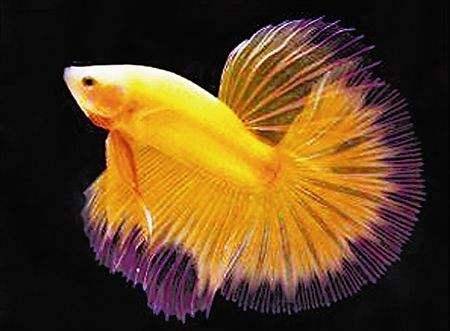Peacock fish, a small tropical ornamental fish species, is loved by many aquarium players because of its bright color, many varieties and types and high ornamental value. How to optimize the quality of guppies is a matter that many people enjoy. However, the pregnancy characteristics of guppies are generally not detected at the first time. If they are not detected in time, it may cause dystocia due to the chase of male fish, and may even jump out of the tank.

Peacock fish is a prolific species, so we need to pay more attention to the physical condition of peacock fish every day. Once we find that a mother fish is suspected to be pregnant, we can take certain measures in time.
Taking care of the pregnant female fish is still a very simple thing, but how can we see whether the peacock fish is pregnant? In fact, there are some tips, or some characteristics. In the early stage of pregnancy, you can observe whether there are black fetal spots in the buttock fin belly. If there are large black spots, most of them are pregnant. However, if the black spots are not obvious, there may be few fertilized eggs. At this time, you can spend some time observing the female fish.

In fact, seeing whether the belly of the fish is bulging or not can not directly judge the peacock fish. The belly bulging may also be that the peacock fish is too fat, but if the belly of the fish is conical and the rear of the belly is almost vertical, then the peacock should be pregnant.
When peacock fish is pregnant, they will be very upset and swim in the fish tank, but sometimes they will be very low. They will find a hidden small corner to hide and don’t like swimming. Most of them should be born soon.

When the peacock fish is about to be produced, it is necessary to put the female fish in a separate, clean and disinfected aquarium to ensure the survival rate of the larvae. When the peacock fish is about to lay eggs, it is necessary to reasonably control the water temperature of the aquarium and ensure adequate nutrition. It should be noted that the peacock fish eat small fish, so when the peacock fish lays eggs, it can be directly put back into the original aquarium, while the larvae continue to live in the aquarium for a period of time. Careful observation, raising anything needs care and love. Careful care will make you have more beautiful harvest.
